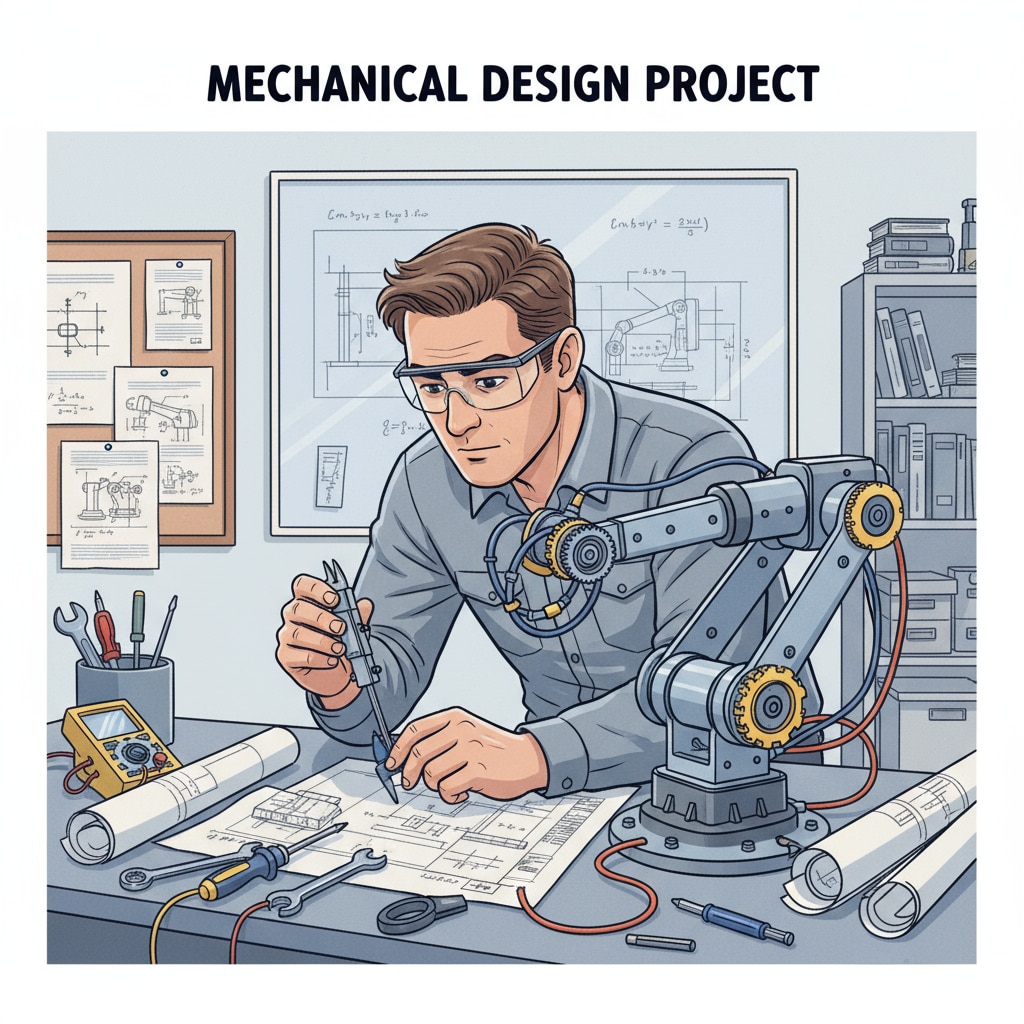The transition from mechanical engineering to math education is a significant career shift that holds both feasibility and unique opportunities. For those with a mechanical engineering background, the skills and knowledge acquired can serve as a strong foundation for entering the realm of math education.

This article will explore the various aspects of this transition, including the advantages, challenges, and the steps one can take to make a successful move.
The Advantage of an Engineering Background
Mechanical engineering graduates possess a deep understanding of complex mathematical concepts. These include calculus, linear algebra, and differential equations, which are not only fundamental to engineering but also form the core of advanced math education. For example, the ability to solve real-world engineering problems using mathematical models can be translated into teaching students how to apply math in practical situations. Mechanical engineering on Wikipedia Additionally, engineers are trained in critical thinking and problem-solving, skills that are highly transferable to the classroom. They can teach students not just the formulas but also how to think analytically and approach math problems systematically.

Challenges in the Transition
However, the transition is not without its challenges. One of the main hurdles is the lack of formal teacher training. While mechanical engineers have strong math skills, they may not be familiar with educational theories, teaching methods, and classroom management techniques. Another challenge is the need to adapt to a different work environment. Engineering often involves working on projects in teams or independently, while teaching requires constant interaction with students and the ability to communicate effectively with diverse learning styles. Education on Britannica Moreover, there may be a psychological adjustment in moving from a technical, results-oriented field to an educational one focused on student development.
The Path to Math Education
To make a successful transition, several steps can be taken. Firstly, obtaining a teaching certification is essential. Many institutions offer alternative certification programs specifically designed for individuals with non-education backgrounds. These programs typically include courses in educational psychology, teaching methods, and classroom management. Secondly, gaining practical teaching experience is crucial. This can be achieved through internships, tutoring, or substitute teaching. It allows individuals to get a feel for the classroom environment and develop their teaching skills. Thirdly, building a professional network in the education field can open up opportunities for job placements and mentorship. Attending education conferences and joining professional organizations can help in this regard.
In conclusion, the transition from mechanical engineering to math education is a viable option for those who have a passion for teaching and a desire to share their mathematical knowledge. With careful planning, dedication to learning teaching skills, and the utilization of their engineering background, mechanical engineers can carve out a rewarding career in math education. The unique perspective they bring from their engineering experience can enrich the learning experience for students, making this career transition a win-win for both the educators and the learners.
Readability guidance: This article uses short paragraphs and lists to summarize key points. Each H2 section provides relevant details. The passive voice and long sentences are controlled, and transition words are used throughout to enhance readability.


